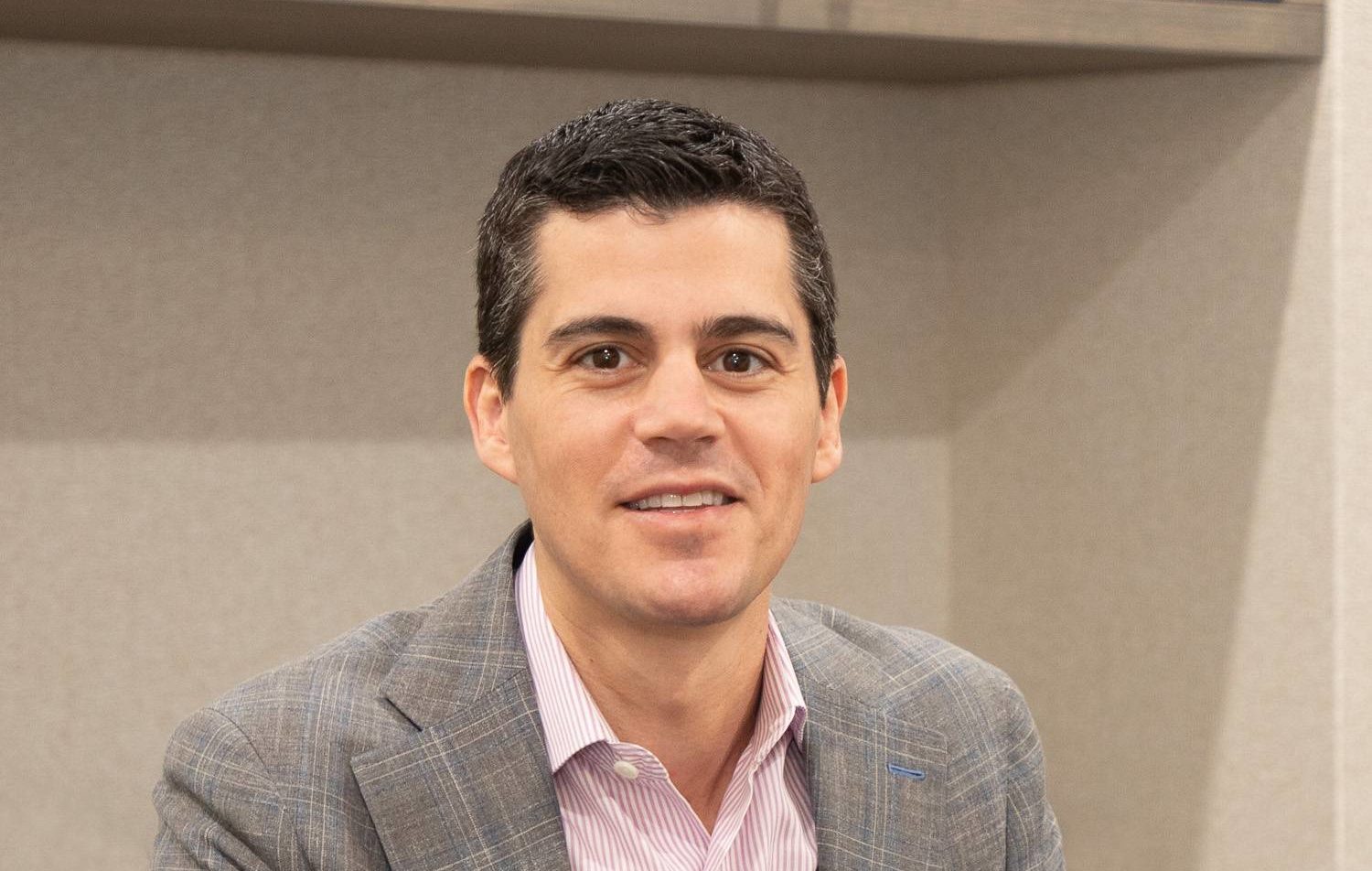Beauty...

By Mollysims.com
It’s a true art form. Plastic surgery, that is. You could even say a plastic surgeon holds a similar role to that of a magician. In fact, today’s guest has experience in both. It’s simple: you go in one way and come out another—and that’s exactly what attracted Dr. Steven Levine to the aesthetic plastic surgery field to begin with. There’s no grey area. As one of New York City’s (and the world’s) finest, he’s perfected his craft to a T and has a keen eye for what makes both women and men look like their most natural (but better) selves. We get into when it’s the right time to go under the knife (you might be surprised by this answer), what to avoid at all costs, and the type of plastic surgeon to steer clear of. Get your pen and paper out because this is one note-worthy episode.
“Surgery is not everyone’s solution. If you are not ready for a facelift, the thing you should do is not get a facelift. It’s really simple. Everything in medicine should have a diagnosis and a treatment. If you think of aging as having three global causes: there’s gravity where tissue falls, there’s laxity where tissue separates from the underlying structure, the third one is volume loss. Of those three the least important in my opinion is volume loss but the most commonly corrected by far is also volume loss. Why? Because it’s easy to fill fill fill. Most of the problems that I see are people who have problems related to gravity and laxity which means the treatment has to be lifting and tightening not filling.”
“47 is my average age for a facelift. Only patients say things like “mini,” “half.” I tell patients all the time “you can call it whatever you want.” Well done surgery goes from the top of the cheek to the middle of the neck. That’s basically what you should be doing if you want things to look natural. You might decide you want to do something above the brow—I don’t love the way people look when they lift their brow I think botox does a really good and subtle job of that. Every once in a while I see someone whose brows are really low and could benefit from surgical intervention.
“The biggest difference between surgeons is not technique it’s aesthetic judgement. Anyone who tells you that they have a special technique is completely full of it. No one has a special technique or knows something someone else doesn’t know how to do. What we have is our own aesthetic judgement. Take breast augmentation because it’s a super easy concept to grasp. It’s not the most challenging procedure anyone does. You walk along the beach in Miami and you see 90 pound girls with these canons out to here. If you asked one of those women what they think of their breasts they’re going to tell you they love them. And if you ask the doctor who did them they’re going to think they look great. So you have a happy patient and happy doctor. Technically it’s well done surgery. It’s an aesthetic judgement. When you look at people whose cheeks are filled with filler or look at people with bad facelifts, it’s not necessarily a poor operation or the technique, it’s the judgement of the doctor doing it.”